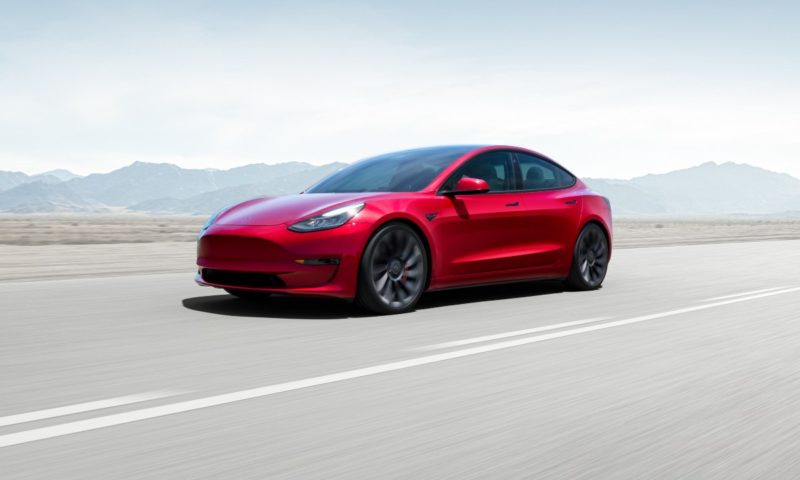
Tesla has dominated its Q2 global sales performance for 2021 with over 200 000 units sold with the Model 3 being massively popular among its consumers. Combined sales for the Model S and Model X amassed to a total of 1 895 deliveries with 2 340 units produced. 18 per cent of these were subject to an operating lease. 199 409 units of the Model 3 and Y were delivered with 204 081 examples produced. Seven per cent of this constitutes an operating lease.
In total, Tesla deliveries for the second quarter of 2021 stand at 201 304 units which is which is a 121 per cent year-on-year increase with 90 891 units being delivered during the same period last year. Interestingly, for 2020, the Model S and Model X sold 10 614 units collectively while the Model 3 and Y figures amassed to 80 277 units.
Speaking on its performance, Tesla says, “Global demand continues to be robust, and we are producing at the limits of available parts supply. While we saw ongoing semiconductor supply challenges in Q2, we were able to further grow our production.
“Production ramp of Model S progressed over the course of Q2, and we expect it will continue to increase throughout the rest of the year. Given strong U.S. demand, the majority of all Model 3 and Y production was delivered in North America. Buildout of Gigafactory Texas continued to progress in Q2 with commissioning having begun in some areas of the factory,
“While we experienced minor interruptions due to supply chain challenges and factory upgrades, production in Shanghai remained strong. Per our planned roadmap, we recently introduced a standard range version of Model Y in China, which starts at ¥276 000 (approximately R630 000) post incentives. Due to strong U.S. demand and global average cost optimisation, we have completed the transition of Gigafactory Shanghai as the primary vehicle export hub.
“While our global production lines continue to run as fast as possible, European demand remains well above supply, resulting in growing wait times for delivery. We continue installing equipment, have begun testing tools and are working as quickly as possible toward starting production in Berlin, while growing import volumes in the interim.”
Tesla assures that this result is not the peak of its success as it expects to achieve 50 per cent of average annual growth in vehicle deliveries by means of growing its manufacturing capacity as quickly as possible. The rate of its growth is currently dependent on its equipment capacity, operational efficiency, and the capacity and stability of the supply chain.
Also read: Learn more about Tesla in South Africa




